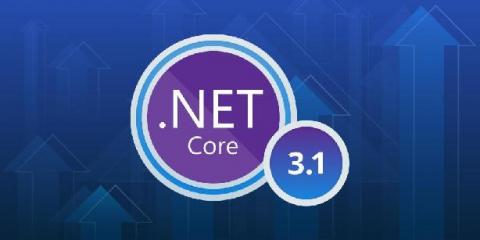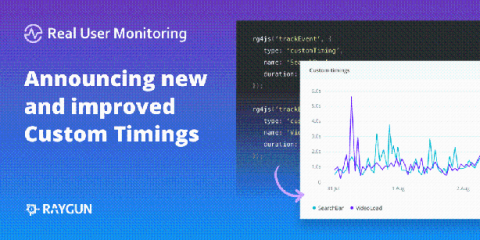Operations | Monitoring | ITSM | DevOps | Cloud
APM
The latest News and Information on Application Performance Monitoring and related technologies.
Best Practices for Monitoring Azure Services
Be a Better Java Developer With AppOptics Dev Edition
Observability at The Edge with Fastly and Datadog
Driving Service Reliability Through Autoscaling Workloads on OpenShift
Why an OS Monitoring tool is not sufficient for Monitoring VMware and Other Virtualization Technologies
You have management software that you’ve used for your Linux or Windows servers. Can’t you just deploy a Linux agent and monitor a VMware vSphere/ESX server, or a Windows agent to monitor a Microsoft Hyper-V server? This is a very common question that comes up in any discussion on VMware monitoring and virtualization management. After all, when a VMware ESX server boots, the administrator gets to a Linux login prompt and can login to a Linux operating system.
Minimize business losses by monitoring your applications' performance
Downtime is the biggest nightmare for organizations that capitalize on technology. A study about enterprise outages found that nearly 96 percent of enterprises had faced downtime in the past three years. Businesses lose a minimum of $1.55 million annually and 545 hours of staff time due to IT downtime. Up to 51 percent of downtime is preventable, which means businesses are spending on damage control when these resources could be diverted to something more fruitful, like R&D.
Track any web performance metric with improved custom timings for Real User Monitoring
Shifting Left: The IT Impact of COVID-19 By the Numbers
On the first episode of the Shifting Left podcast, we talk through the surprising data revealed by a survey of 1,000 IT leaders around the world.










